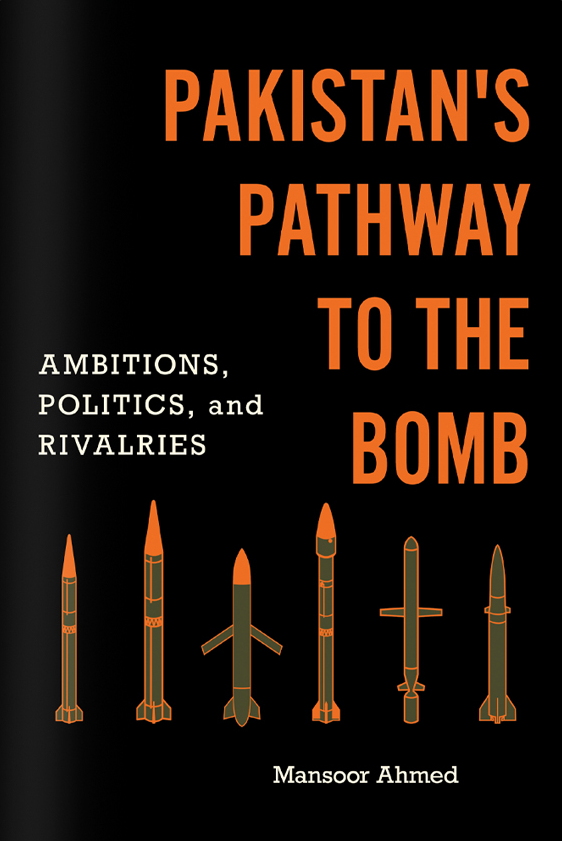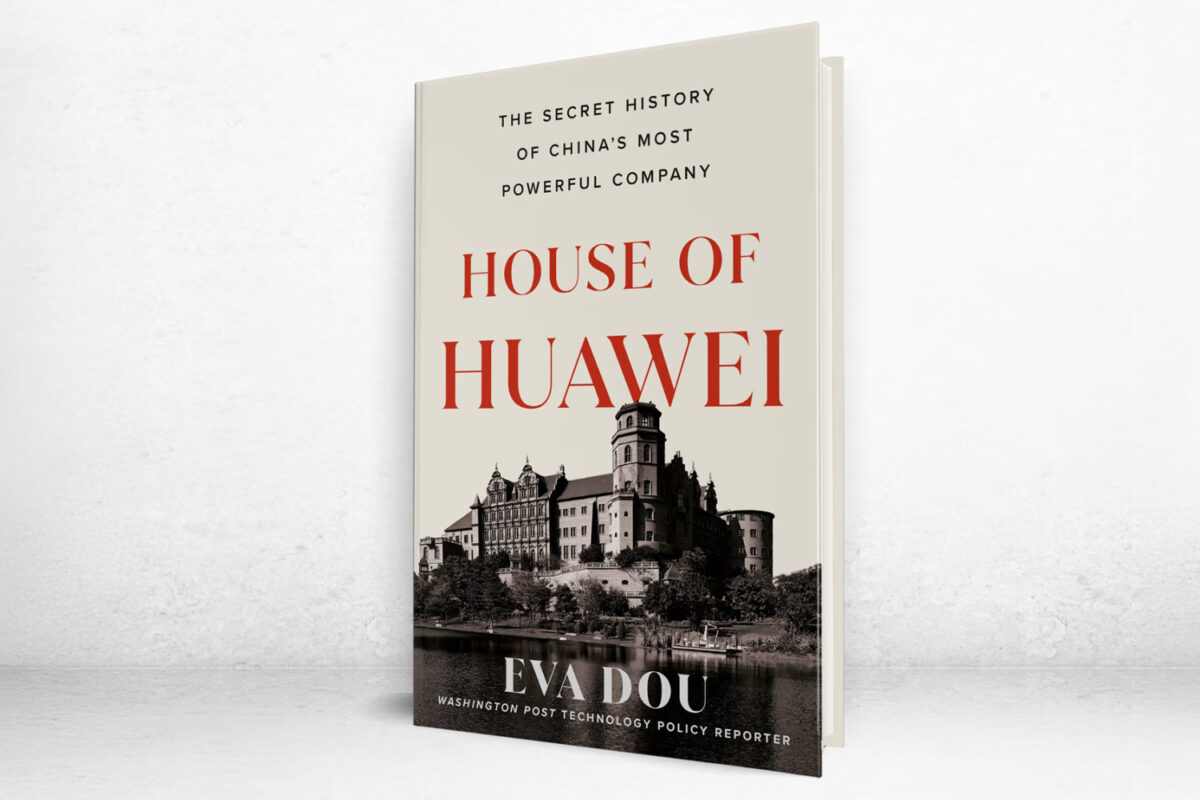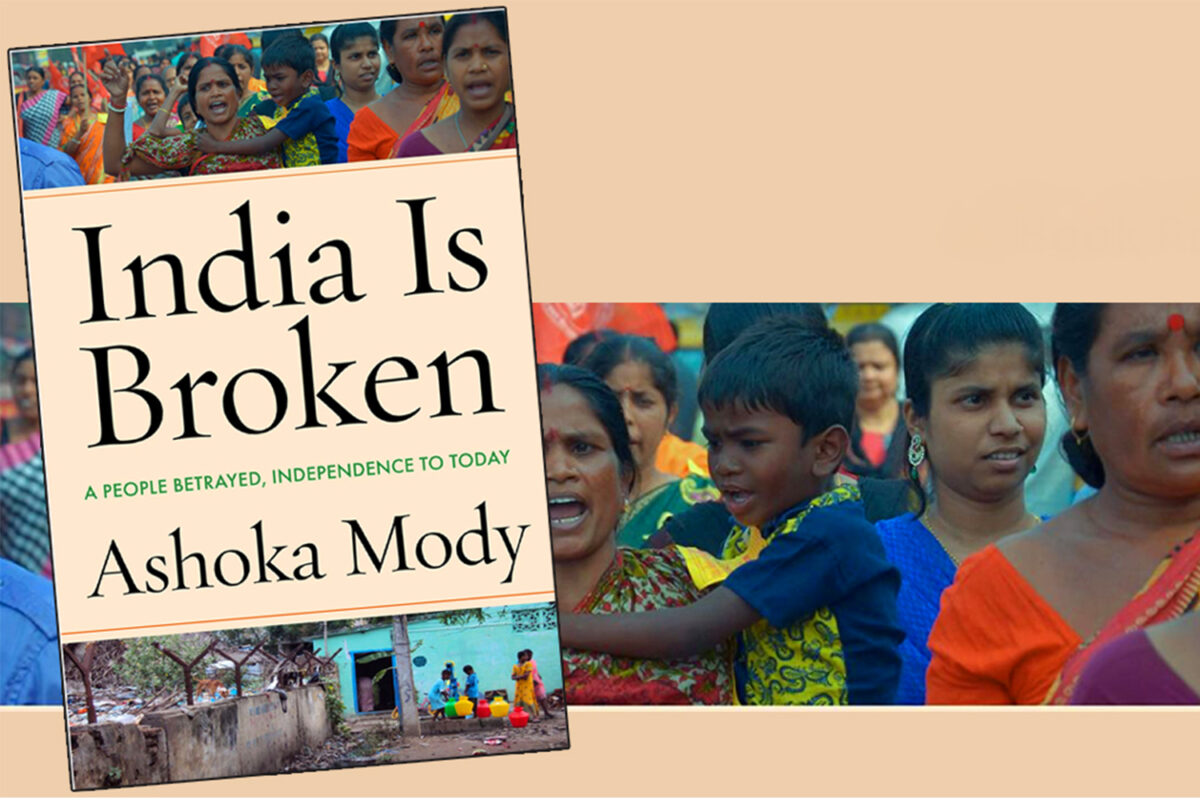From Bilal Khan of the Quwa publication
Pakistan’s Pathway to the Bomb: Ambitions, Politics, and Rivalries
Mansoor Ahmed
2022
 It is often said that a nation’s strategic strengths are only as good as the industrial and technological bedrock upon which they are built. Pakistan’s journey to becoming a nuclear power, meticulously detailed in Mansoor Ahmed’s Pakistan’s Pathway to the Bomb: Ambitions, Politics, and Rivalries, reveals a profound truth: behind the headlines and political machinations, Pakistan forged a genuine, home-grown industrial capacity for its nuclear efforts.
It is often said that a nation’s strategic strengths are only as good as the industrial and technological bedrock upon which they are built. Pakistan’s journey to becoming a nuclear power, meticulously detailed in Mansoor Ahmed’s Pakistan’s Pathway to the Bomb: Ambitions, Politics, and Rivalries, reveals a profound truth: behind the headlines and political machinations, Pakistan forged a genuine, home-grown industrial capacity for its nuclear efforts.
This was not a program of mere acquisition, but one of deep, sustained, and largely unsung, indigenous development. Ahmed’s book dispels many myths, chief among them the notion that Pakistan’s nuclear capability was a simple, off-the-shelf purchase or a feat of luck. Quite the contrary.
It lays bare the intricate process by which Pakistan achieved a remarkable degree of self-reliance, transforming raw ambition into concrete industrial output. The scope of this achievement is startling. Pakistan, against formidable odds and under intense international pressure, indigenously built a full, end-to-end nuclear fuel cycle.
This encompassed every stage from uranium exploration and mining to the production of highly refined nuclear materials. Key institutions like PINSTECH (Pakistan Institute of Nuclear Science and Technology) played a central role. Established in the early 1960s, PINSTECH became the main R&D center for mastering the nuclear fuel cycle. It was here that scientists developed R&D for indigenous uranium oxide fuel production after Canada cut off supplies. PINSTECH also housed the Fast Neutron Physics Group, tasked with developing the neutron initiator for nuclear weapons, and the R Labs (or R Block), focused on high-speed electronic switches for detonation.
Another critical component was the New Labs reprocessing plant, built outside IAEA safeguards. While the commercial-scale Chashma reprocessing plant faced international scrutiny and eventual cancellation by France, Pakistan was quietly building New Labs to separate plutonium for its weapons program. This project involved obtaining design information and training from Belgium and limited hardware from France, but its completion by 1981 was a testament to Pakistan’s indigenous drive. The strategic importance of New Labs lay in its ability to process irradiated fuel, a crucial step in the plutonium route to nuclear weapons.
Furthermore, the book underscores the development of the Uranium Metal Laboratory (UML) within PINSTECH, responsible for converting weapons-grade uranium hexafluoride gas into the metallic core needed for nuclear devices. The successful operation of these facilities demonstrates a deep indigenous capacity across the entire nuclear production chain.
Beyond the initial processing, Pakistan went on to construct the Khushab-line of reactors, critical facilities for producing warheads. This demonstrated a mastery of heavy water reactor technology, a significant technical leap achieved without relying on foreign turnkey solutions or extensive external aid for the core components.
Indeed, the main limiter to Pakistan’s nuclear program are American-led sanctions, which restrict the supply of large volumes of uranium necessary to scale Pakistan’s indigenous reactor technology for widespread civilian use, which could rapidly and cleanly electrify the country on an indigenous technological basis. It would also give Pakistan a high-value, technology-driven solution to export overseas, helping it turn its economic fortunes. Instead, Pakistan must buy Chinese reactors so as to secure China’s uranium fuel commitment.
Furthermore, the book highlights a broader industrial footprint within entities like NESCOM (National Engineering and Scientific Commission), which, through its subsidiaries like NDC (National Development Complex) and AWC (Air Weapons Complex), supports the production of advanced munitions, notably ballistic missiles and cruise missiles, to deliver nuclear warheads.
However, even the most determined national endeavor cannot always escape the inconvenient truths of its own structural weaknesses.
While Pakistan’s nuclear program carved out an impressive industrial base, Ahmed’s narrative reveals how the same internal constraints that might hobble other high-tech sectors frequently threatened to derail this strategic imperative.
Firstly, an overbearing bureaucracy proved to be a persistent impediment.
In the nascent stages of the nuclear program, bureaucratic inertia and infighting among various government ministries prevented early initiatives from gaining traction, effectively costing Pakistan a decade of crucial opportunities.
While the nuclear program eventually secured more autonomy, this came at the cost of delays and inefficiencies. Imagine the impact such rigidity has on emerging industries like aerospace or advanced electronics, where agility and cross-sector collaboration are paramount. The ability to quickly integrate new ideas and technologies, or to engage with a dynamic private sector, would be severely hampered, stifling innovation before it could truly take flight.
Secondly, the book illustrates instances where leaders lacked the foresight to drive proactive indigenization policies, often reacting to external pressures rather than anticipating them.
The initial reluctance to fully commit to a complete nuclear fuel cycle, despite clear geopolitical signals, meant Pakistan started late on certain critical paths. This reactive stance, had it been consistently applied, would have prevented Pakistan from gaining a decisive advantage.
A critical point illuminated by Ahmed is how Pakistan could have built its nuclear fuel cycle capabilities much earlier, potentially by the mid-1970s, had leadership and internal structures not impeded progress in the 1960s. The “bureaucratic inertia and factional infighting” during this formative phase prevented the establishment of nuclear fuel-cycle plants and facilities that could have provided Pakistan with the foundations of a nuclear option decades earlier.
Finally, the narrative lays bare factionalization and infighting among key figures within the national security apparatus.
The intense personal and institutional rivalries, particularly between figures like Munir Khan and A. Q. Khan, led to “…duplication, sunk costs, and negative competition“. While, perversely, this internal friction sometimes spurred faster results in specific areas through a “divide and rule” strategy employed by military leaders, it ultimately prolonged Pakistan’s journey to full nuclear capability.
Pakistan’s nuclear saga, as told by Ahmed, is a testament to genuine industrial capacity forged through sheer will. But it also serves as a stark reminder that even with such strategic triumphs, the nation’s broader industrial future hinges on its ability to overcome the more subtle, yet deeply entrenched, organizational and leadership challenges that silently persist.
The potential for Pakistan to thrive in diverse industrial domains such as aerospace, electronics, automotives, and others is evident, given the capabilities demonstrated in its nuclear program. However, these three core structural constraints – the stifling bureaucracy, the episodic lack of visionary leadership, and the destructive internal rivalries – will continue to hold it back.
What Pakistan requires now, more than ever, is a strong sense of national urgency, initiated and enforced from its top echelons of power, to proactively and comprehensively develop, expand, and empower its industrial base. This decisive shift is crucial not only for building robust economic prosperity but also for forging the sustained military might necessary to impose its vital interests on the global stage.




